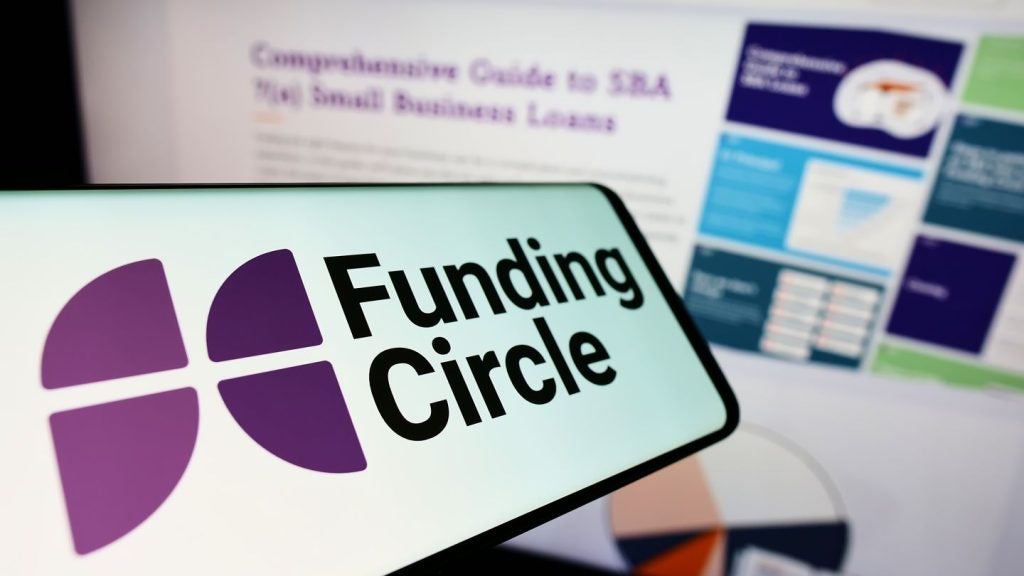
While still a specialist business, Lombard Technical Services (LTS) has been brought under the wider Lombard brand to improve processes and coverage. Stuart Clark, head of Lombard Technology, and Keith Nowland, UK head of sales for Lombard Technology Services, spoke to Brian Cantwell
LL: Why was LTS brought into the main brand?
Stuart Clark (SC): The dedicated Lombard technology services have always been a part of the Lombard business proposition. It was more about how to serve customers more efficiently, and making sure that their needs are met end-to-end. This has been a successful partnership over many years; just now it is in the same reporting line. I was appointed in May to the role of head of Lombard technology services. I lead a team of 33 tech asset specialists across the UK, in addition to the 50 people across the South East.
By working closer together we are able to find new opportunities − we are able to serve communities better. Lombard’s ultimate selling point is our investment in dedicated specialist relationship managers, who are able to support SMEs and corporates right across every community in the UK.
Our sales people can fund into any sector, so Lombard is completely able to support every single sector. We are product – and manufacturer – agnostic, meaning we have no bias to particular providers. We are not tied to certain manufacturers, unlike certain providers in the market.
We are able to fund a project that might have a range of different manufacturers and suppliers, and that means that we can make it really easy for our customers to invest in tech. We are able to procure and maintain the equipment, safely dispose of the kit, and be able to place residual values on it.
How well do you really know your competitors?
Access the most comprehensive Company Profiles on the market, powered by GlobalData. Save hours of research. Gain competitive edge.

Thank you!
Your download email will arrive shortly
Not ready to buy yet? Download a free sample
We are confident about the unique quality of our Company Profiles. However, we want you to make the most beneficial decision for your business, so we offer a free sample that you can download by submitting the below form
By GlobalDataKeith Nowland (KN): The tech part of our business is completely based on the asset. What we do here is add products and facilities that work on the lifecycle of the technology at any business.
There are traditional laptops, desktops, mobile devices and others, but we do a lot of business in digital signage; advertising hoardings; gym technology; broadcast and production equipment; and, stage lighting amongst other assets. Those types of assets can benefit from our product range, despite that it is a very wide remit in terms of that technology involved.
It is not just a finance and debt product, but consists of services that sit alongside it, like the maintenance provision; the fact that we can invest residual value into those assets; and asset management systems. It is a product that is dedicated to the tech asset.
What trends are you seeing in tech updates?
KN: The biggest trend is that technology is making a bigger impact in every sector – even stock control on construction sites.
Stock control is based on handheld and laptop technology. If you had a normal laptop on a construction site, it would get broken, and a specialised laptop for that situation would cost a lot more than a standard laptop. As does a handheld device for controllers to check the stock as it comes on site.
The main trend is more the consumption of technology in terms of the everyday running of the business.
Factories and offices used to have some Wi-Fi, but now you have to have 4G capability across every part of a building. You need better equipment and conference equipment, receivers – the infrastructure for businesses.
Is investing in tech a confidence issue for SMEs?
KN: With technology, a company tends to make a leap of investment. Lombard produced a survey a while ago that showed three out of four businesses said they could be much more efficient if they invested more in technology. So it is such that when the customer decides to do that, we can say that we have products here that can do this efficiently and cost effectively, and in a disciplined way.
If you start going down the technology route and you get out of control with your technology estate, then that can become costly. Firstly, in terms of management time, and secondly in terms of legislation, with regards to disposing equipment.Its about having the right procurement route in the first place to get the best deal. So we try and bring all of those things together to get the total cost of ownership around the technology estate.
What trends are you seeing in tech lending?
SC: The vast majority of our business is direct.but we have some specialist brokers that we work with. We have invested in a relationship management team, and that is how we have operated directly to clients, day in and day out.
Tech is rapidly changing, and the way that our customers want to be supported is changing as well. So we have had to innovate. We provide support for businesses for non-tangible assets – as an example we can fund intellectual property. That is something we have developed recently: our software licence solution. This allows us to effectively fund the company that has invested in significant software intellectual property.
We have seen more companies invest in people to develop software within their workforce. Quite a lot of customers that we are talking to using this product have their own teams of developers. It is exciting how many customers in their own sectors are actually developing their own software.
Companies are getting more creative about how they are going to market. This is not just them taking software to sell; it is software that underpins their business model. So they develop systems that would allow them to be a lot more effective. At that time it becomes an attractive proposition for us. The feedback that we get is that there is a need for tech lenders to innovate and that is where the development funding product comes in – it has huge potential for growth.
Another trend is the move over the past couple of years within the corporate market place to separate smartphones from contracts – to unbundle the two. We are talking to many more customers now about funding their mobile estate. We can also talk to mobile providers and help them partner to put the network in place. This means that managing your devices separately to the contract can produce significant savings.







